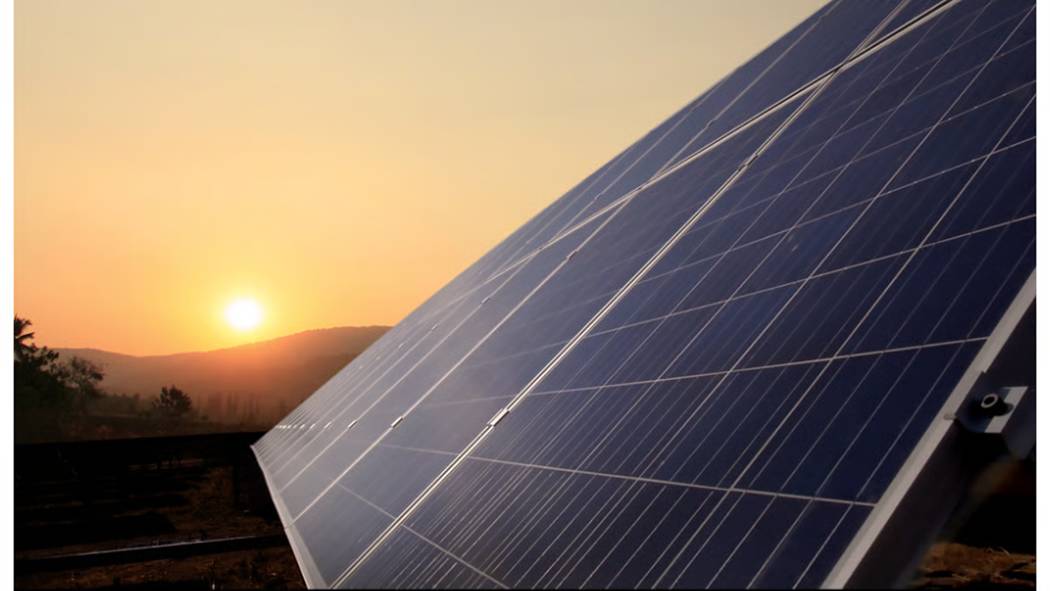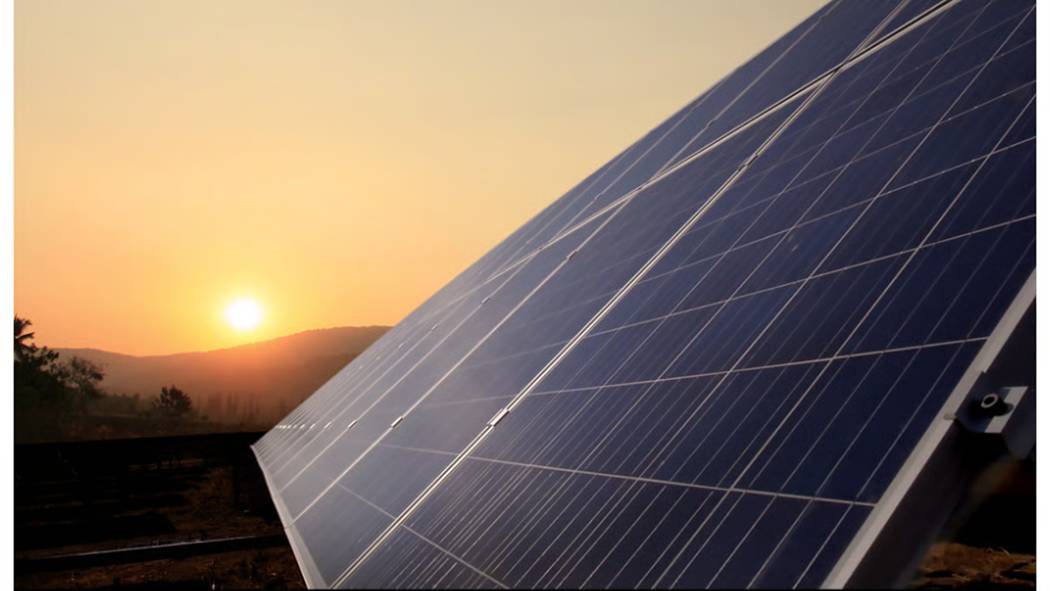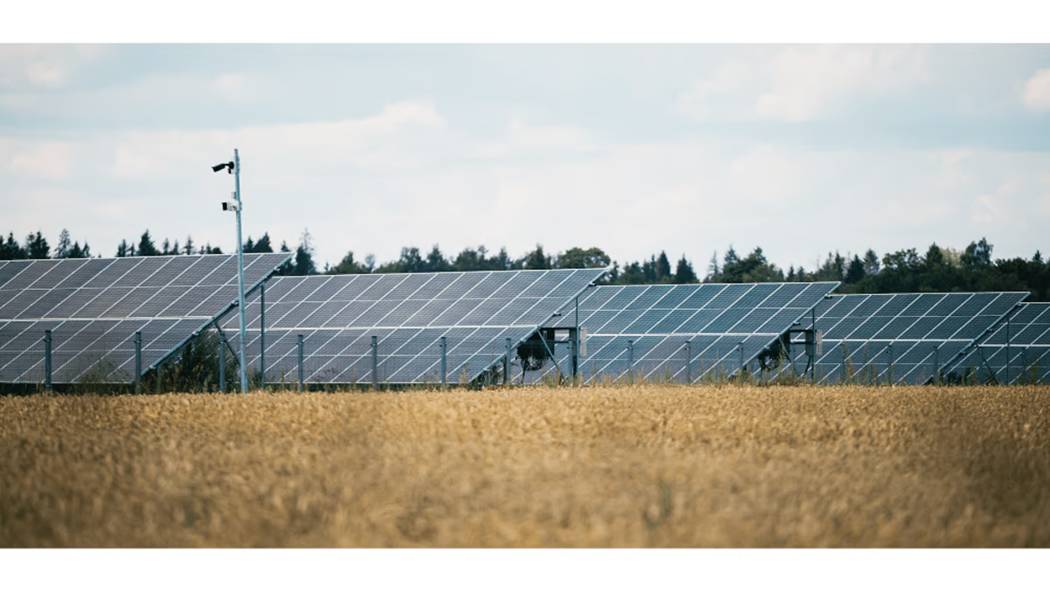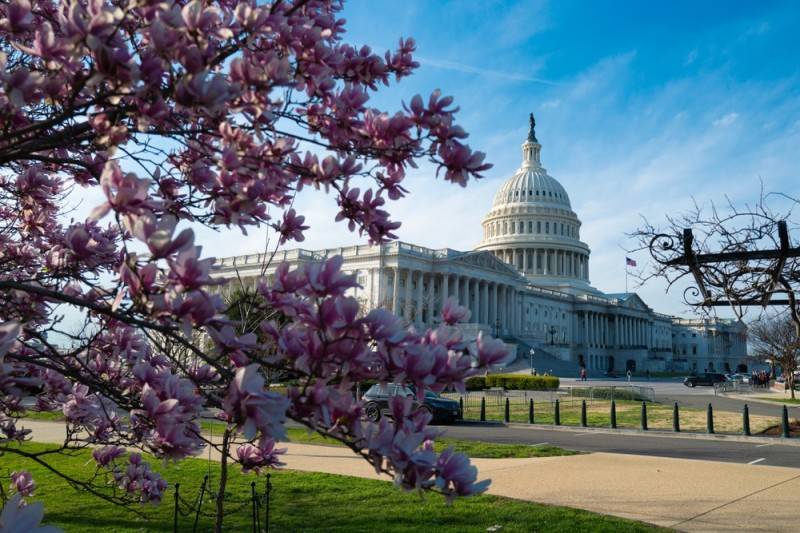Australia awards 32GW renewable energy projects to make hydrogen and ammonia

The Australian government's Major Projects Facilitation Authority (MPFA) has awarded two large-scale renewable energy-driven green ammonia projects to Copenhagen Infrastructure Partners (CIP) and UK multinational oil and gas giant bp plc.
CIP's Murchison Green Hydrogen Project, located in the Murchison region of Western Australia's mid-west, will produce approximately 2 million tons of green ammonia per year from clean electricity generated by a combined 6GW of onshore wind and solar photovoltaic projects. The project will install up to 523 state-of-the-art wind turbines and up to 7,000 hectares of solar arrays. Construction will last five years and is expected to cost A$15 billion (US$9.9 billion).
Another project supported by British Petroleum bp plc is the Australian Renewable Energy Hub (AREH), a 6,500-square-kilometer project in the Pilbara region of Western Australia. The project will be developed in multiple phases and configured to generate up to 26GW of combined solar and wind power. bp plc says it will produce more than 90 TWh of clean energy per year, or about one-third of Australia's total electricity generation in 2020. The project will produce approximately 1.6 million tons of green hydrogen or 9 million tons of green ammonia per year for local use and will also be exported to major international users.
SEG Solar opens 2GW module plant in the United States

Image Source: Sourced from the Internet
SEG Solar's 2 GW solar module plant in Houston, Texas is now operational.
US solar module manufacturer SEG Solar has officially opened its 2GW PV module plant in Houston, Texas, with production lines compatible with 182mm and 210mm n-type cells. On the day of the opening ceremony, SEG rolled out its first 585W YUKON N-Series modules.
SEG Solar, which invested $60 million in the nearly 250,000-square-foot facility, says it was one of the first manufacturers to respond to the need for U.S.-based manufacturing capacity by establishing a solar module plant in the United States.
The company said that in addition to the U.S., it has module manufacturing sites in Indonesia, China and Thailand, with total capacity expected to exceed 5.5GW by the end of 2024, and that it will ship more than 5GW of modules globally by the end of 2023, according to its website. It also plans to achieve 5GW of cell capacity by 2025.
SEG said it plans to establish its global R&D center at its Houston PV manufacturing site by the end of 2024. The center will offer a full range of testing services, including those related to LID, hygrothermal, and PID testing, as well as light and LeTID testing.
India allocates Rs. 8 billion to launch model solar village program

Image Source: Sourced from the Internet
MNRE believes that creating a model solar village in each district will inspire other villages to follow suit. (Illustrative photo credit: mvtstockshot/Shutterstock.com)
India's Ministry of New and Renewable Energy (MNRE) has released guidelines for the implementation of the Prime Minister's Solar Home Free Power Scheme (PM Surya Ghar: Muft Bijli Yojana), which is aimed at boosting solar energy utilization across the country. An important component of the program is the creation of model solar villages. The government has allocated INR 8 billion (approx. USD 95.28 million) for this sub-program, and each model village will receive INR 10 million (approx. USD 120,000) in central financial assistance (CFA).
The Government of India aims to establish a model solar village in every district with a population of more than 5,000 in the latest census. The villages will install distributed solar installations through a challenge model, with a competition period of six months, and the village with the highest installed capacity will be selected as the model village. The program will also have a District Level Committee (DLC) to oversee and coordinate the implementation, allowing the use of other sources of funding such as Corporate Social Responsibility (CSR) and sectoral funds.
The scheme aims to promote the use of green energy in the villages by enabling round-the-clock solar power supply and will serve as a role model for other villages once they become self-sufficient. The government plans to provide up to 300 kWh of free electricity per month to 10 million households through this program, which is part of the latest budget of the Government of India.
-------- END --------






